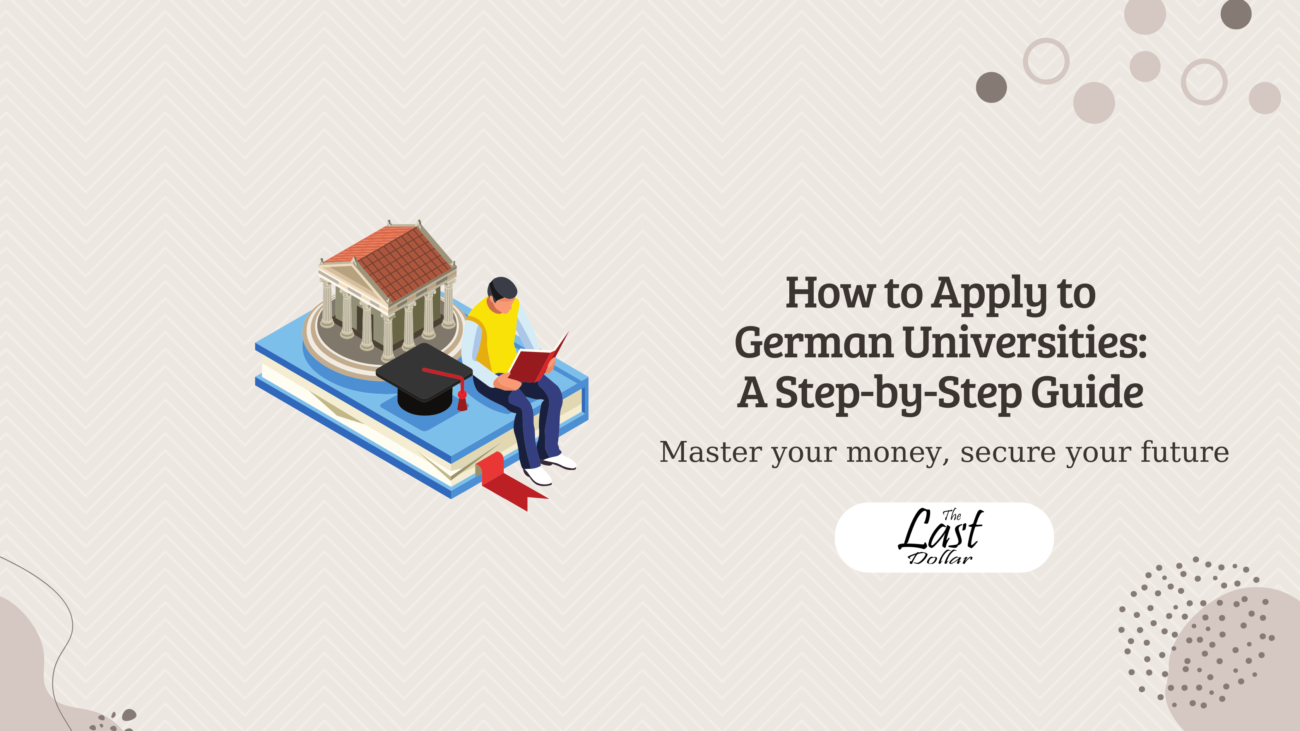Studying in Canada is a dream for many international students—and for good reason. With its top-ranked universities, diverse culture, and high standard of living, Canada is an ideal destination for academic growth and personal development. However, before you can begin your studies, you’ll need to obtain a Canadian study permit, commonly known as a student visa. This guide breaks down everything you need to know in a simplified, step-by-step manner.
What Is a Canadian Study Permit?
A study permit is an official document issued by Immigration, Refugees and Citizenship Canada (IRCC) that allows foreign nationals to study at designated learning institutions (DLIs) in Canada. It is not a visa, but you’ll typically receive a visitor visa or electronic travel authorization (eTA) alongside it to enter the country.
Who Needs a Study Permit?
You need a study permit if:
- Your program is longer than six months.
- You are from a country that requires a visa to enter Canada.
- You plan to continue your studies beyond the initial program.
You do not need a permit for:
- Short-term courses (6 months or less).
- Family members or staff of foreign representatives (in some cases).
Step-by-Step: How to Apply for a Canadian Study Permit
Step 1: Get Accepted by a DLI
Before you apply, secure an acceptance letter from a Designated Learning Institution. Make sure the school is on Canada’s official list of DLIs.
Step 2: Gather Required Documents
Typically, you’ll need:
- Acceptance letter from a DLI
- Valid passport
- Proof of financial support (bank statements, sponsorships, etc.)
- Statement of purpose (why you want to study in Canada)
- Passport-size photographs
- Immigration medical exam (IME), if required
- Police certificate (for some applicants)
Step 3: Apply Online or on Paper
Apply through the IRCC website or at your local visa application center (VAC). Online applications are faster and easier to track.
Step 4: Pay the Application Fee
The application fee for a study permit is CAD $150, not including biometric fees (CAD $85).
Step 5: Provide Biometrics
After submitting your application, you’ll receive a Biometric Instruction Letter (BIL). Visit your nearest VAC to give your fingerprints and photograph.
Step 6: Wait for a Decision
Processing times vary by country, but you can check your estimated timeline on the IRCC website. Some applicants may also be called for an interview.
After Approval: What Happens Next?
Once approved, you’ll receive:
- A Port of Entry (POE) Letter of Introduction
- A temporary resident visa (TRV) or eTA (if needed)
Present these documents at the Canadian border to receive your study permit on arrival.
Working While Studying in Canada
Good news! With a valid study permit:
- You can work up to 20 hours per week during academic sessions.
- You can work full-time during scheduled breaks.
- You may qualify for a Post-Graduation Work Permit (PGWP) after completing your program.
Tips for a Smooth Application Process
- Apply early. Some countries have long wait times.
- Double-check documents. Missing or incorrect information causes delays.
- Be honest and clear in your statement of purpose.
- Track your application regularly via your online account.
Conclusion: Make Your Canadian Study Permit a Reality
Getting a Canadian study permit might seem overwhelming at first, but with careful planning and preparation, it’s entirely manageable. From choosing the right school to gathering documents and applying online, each step brings you closer to your international education goals.
If you’re ready to take the next big step, start your application early, and get ready to experience world-class education in one of the most welcoming countries on Earth.
Also, discover our expert blogs for insightful tips on managing your finances effectively! Also, don’t forget to follow us on X.












